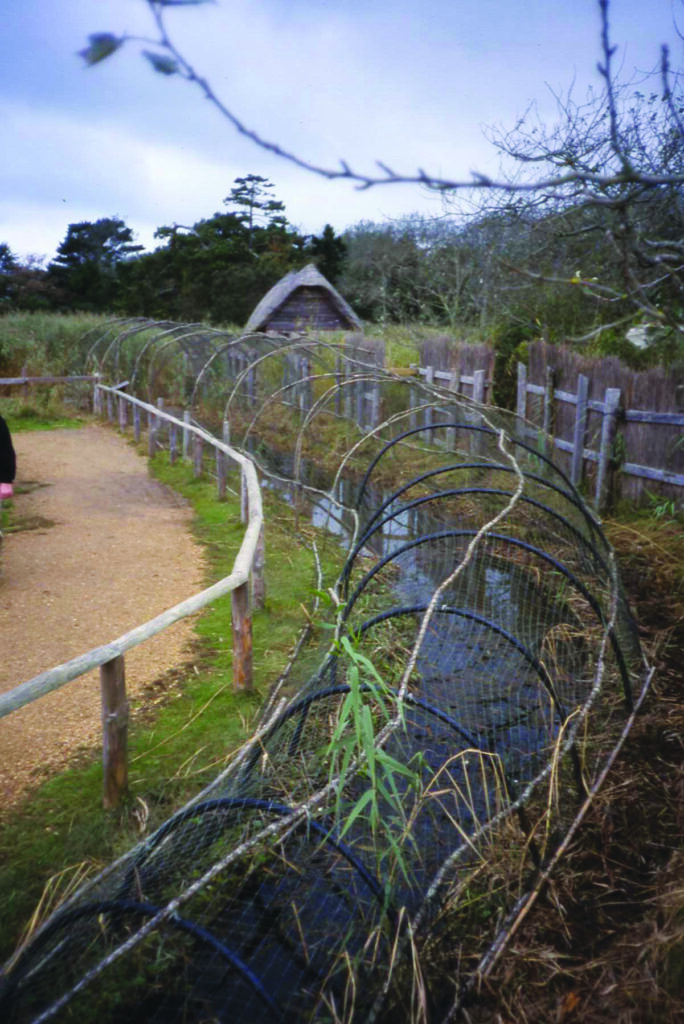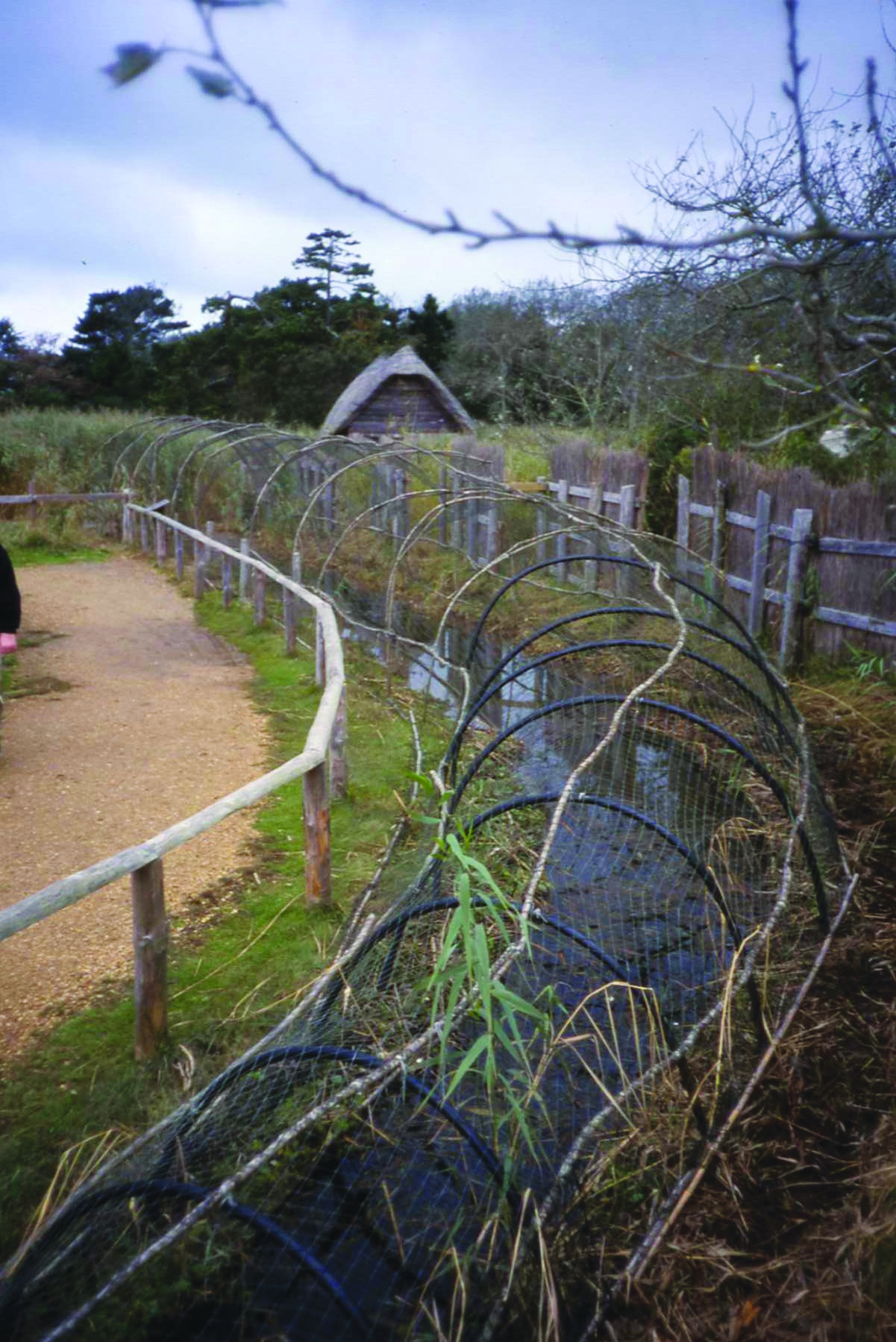Since the nineteenth century, disturbance, drainage and changing attitudes have seen a steady decline in active decoys. Three working decoys now remain, catching birds for ringing. Others form features of scheduled monuments, parks, country parks and SSSIs. The author sets out the results of a study of their present condition, revealing that two-thirds of the former decoys, with their distinctive star shape, still impact on the modern landscape.
It is 130 years since the publication of Sir Ralph Payne-Gallwey’s definitive work on British duck decoys. As a means of trapping wild ducks for local consumption or for markets, decoys were a significant feature of the rural economy from the seventeenth to the nineteenth century, with about 200 examples in England and Wales.


